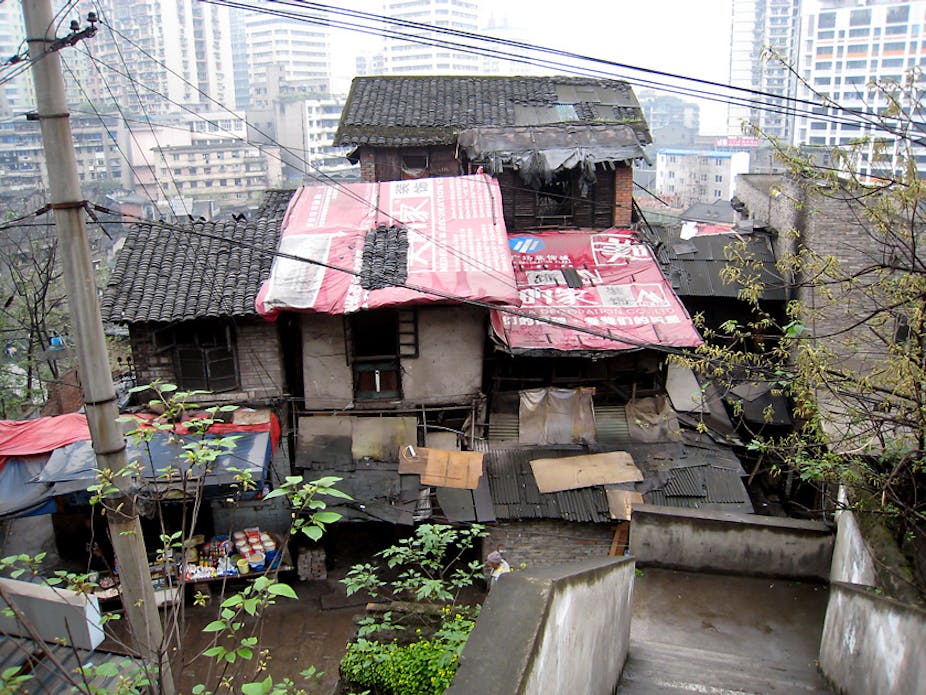Can the economic rise of new middle-income countries such as China, Brazil, India and even Indonesia continue until they become high-income countries like Australia? Japan, Singapore, South Korea and Taiwan are living proof that such a transition is possible, but there is increasing debate whether political elites in the current group of middle-income countries have the willingness or capacity to undertake the economic and political reforms necessary for them to attain “high-income” status.
The notion of the “middle-income trap” has existed in a variety of forms since countries such as Brazil and Argentina in the 1970s and 1980s failed to continue the growth rates they had exhibited in the decades after the Second World War. More recently, analysts have attempted to decipher why East Asian economies such as South Korea successfully pushed into the “high-income” bracket when others that were similarly placed thirty years ago failed to exit the middle-income grouping.
The World Bank report, China 2030, raises similar concerns regarding that country’s capacity to become a “modern, harmonious, and creative high-income society”, as opposed to one caught in a middle-income trap. The report argues for changes to existing economic growth strategies. The first item on the Bank’s reform agenda is that China completes its transformation into an open-market economy. The Bank also notes the need for China to address the growing income inequality among its citizens. Importantly, economic policy and social policy are not seen as mutually exclusive.
The development policies that have driven China’s extraordinary advances in per capita income since the 1980s have largely followed classical growth models, albeit within the context of a one-party state.
A “modern” economy has drawn in low-cost, unproductive surplus labour from a “traditional” rural economy, which has led to an increase in per-capita productivity. With state encouragement, this has set off a virtuous cycle of savings and investment and technology importation. When allied with export-focused policy settings and a low fixed exchange rate for the yuan, the resulting growth rates are often hailed as a vindication of mainstream development economics.
What the China 2030 report points out, and what analysts such as Homi Kharas and Harinder Kholi also argue, is that there are brakes on growth which inevitably kick in unless a government is prepared to alter its approach toward development.
One of the most pressing issues in relation to China is the environmental impact of large-scale industrialisation. An equally insidious product of the last three decades of economic growth has been the increase in income inequality.
The key expression of a country’s income inequality is the Gini coefficient, where 0 equates with absolute income equality and 1 (or 100 in some descriptions) equates with absolute inequality (i.e. one person earns all of a country’s income).
Over the past decade China has refused to release its official Gini figures, but it is believed that the current measurement is around 0.47, or possibly even higher. This indicates that relatively high inequality – Australia’s Gini measurement, by comparison, is a modest 0.31 – has accompanied China’s transition from low to middle income.
Failure to address income inequality has the potential to restrict the expansion of a middle class and stall further general income growth. High inequality acts as a dampener on domestic demand for goods and services. A large middle class has the capacity to purchase a greater total value of products than a small “wealthy class”, who will consume a comparatively small amount of high value goods and services. Greater domestic demand also moderates any changes in export income and creates a need for local firms to diversify and innovate.
The rise of a middle class also has supply-side implications, most notably in driving local firms to shift from low-wage, low-skilled manufacturing to the production of goods and services that are higher-cost and require a greater level of worker skills. This in turn initiates a search for economies of scale that lead to a specialisation in certain high-value sectors. It also requires national investment in good quality education. In an increasingly globalised labour market, the need to attract high-skill workers with reasonable social conditions, and a legal system that protects property, has become vitally important.
All this suggests a level of income redistribution, usually via a tax-transfer system bolstered by a strong rule of law, which challenges the economic dominance of certain political elites. Similarly, the rise of an educated middle class is usually accompanied by demands for political rights.
Even Singapore, which is often cited as, effectively, a one-party state that has managed to expand its middle class without dislodging entrenched elites, is experiencing an increase in local calls for improved civil and political rights.
While there is no one economic pathway for a country to follow as it makes it way from low to high income per capita, it is clear that it is difficult to achieve - and sustain - this transition without a political class who are prepared to prioritise the needs of the country over their own. It is a message that resonates well beyond middle-income countries.

